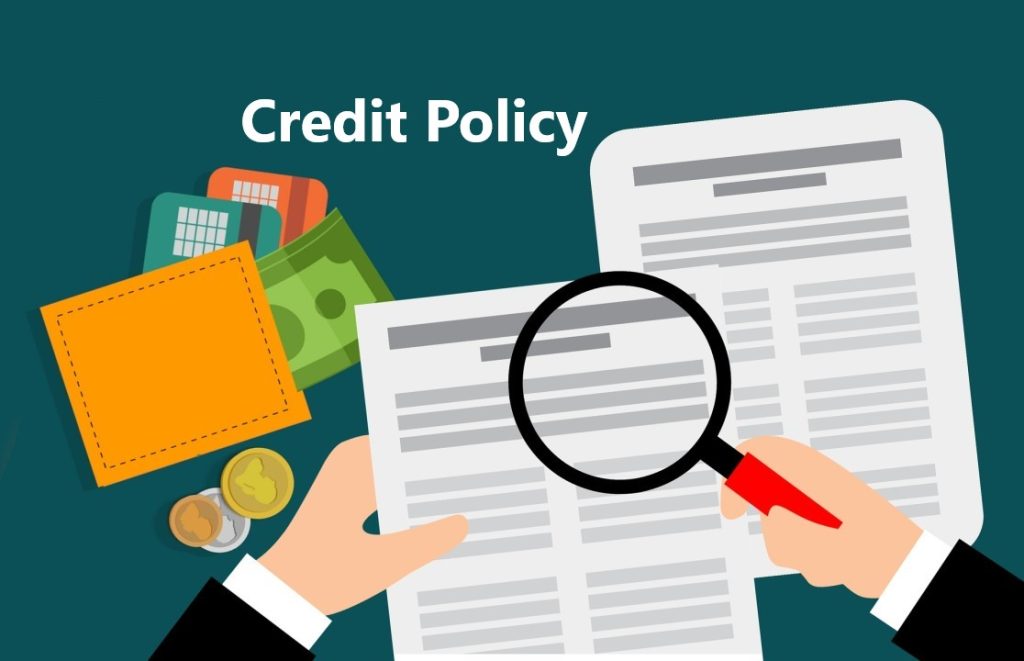Learning how to write a credit policy is essential for businesses that extend credit to customers. A well-crafted credit policy ensures that businesses manage their credit risk effectively while maintaining positive customer relationships. Without a clear credit policy, companies risk delayed payments, increased debt, and potential cash flow issues. Below, we’ll explore the key components of writing a credit policy and offer insights into how businesses can create a policy tailored to their needs.
Why a Credit Policy Is Important
A strong credit policy helps businesses establish clear guidelines for extending credit to customers. It ensures that credit decisions are consistent, reduces the risk of bad debt, and improves overall financial management. When businesses offer credit, they essentially loan money to customers with the expectation that payments will be made at a later date. While this can drive sales and foster customer loyalty, it also exposes the company to financial risks.
By knowing how to write a credit policy, businesses can protect themselves from these risks while still offering credit to customers. A credit policy outlines the criteria for approving or denying credit, sets payment terms, and defines consequences for late or missed payments. This clarity is vital for ensuring that both the company and the customer understand their obligations.
Additionally, a credit policy helps manage cash flow by establishing expectations for when payments will be made. Without a clear policy, businesses may face delays in receiving payments, which can lead to cash shortages and difficulty covering operational expenses. By formalizing credit practices, businesses can maintain better control over their accounts receivable and avoid financial uncertainty.
Steps to Writing a Credit Policy
When learning how to write a credit policy, it is important to take a systematic approach. Start by outlining the specific goals of the policy. A well-constructed policy should support the business’s financial objectives while remaining flexible enough to accommodate different customer needs. For example, a business may prioritize reducing bad debt while still offering competitive credit terms to retain key clients.
Once the goals are clear, the next step is to define the credit approval process. This involves determining which customers are eligible for credit and establishing the criteria for making credit decisions. Businesses may base credit approval on factors such as a customer’s credit score, payment history, and financial stability. By setting clear criteria, companies can reduce the subjectivity involved in credit decisions and ensure consistency.
The credit policy should also outline payment terms, including the length of the credit period, any applicable interest rates, and early payment incentives. Most businesses set standard terms, such as 30, 60, or 90 days, depending on the industry and the customer’s creditworthiness. Offering incentives for early payment, such as a discount, can encourage customers to settle their accounts sooner, improving cash flow.
In addition to payment terms, a credit policy should address the procedures for handling late or missed payments. This includes outlining the consequences of late payments, such as penalties, fees, or restrictions on future credit. Establishing clear consequences for non-payment helps protect the business from financial loss and encourages timely payments.
Monitoring and Revising the Policy
It is important to remember that a credit policy is not a static document. Businesses must regularly review and update their credit policies to adapt to changing market conditions and customer behaviors. For example, if a company notices an increase in late payments, it may need to adjust its credit approval criteria or tighten payment terms. By monitoring the effectiveness of the credit policy, businesses can make data-driven adjustments to minimize risk and improve financial performance.
To ensure that the credit policy remains relevant, businesses should conduct regular credit reviews. This involves assessing customer payment histories, updating credit limits, and revising approval criteria as needed. Regular reviews help businesses identify potential risks and take proactive steps to address them before they impact the bottom line.
Additionally, businesses should communicate the credit policy clearly to their customers. When customers understand the terms and consequences of credit, they are more likely to comply with payment expectations. Providing customers with a copy of the credit policy at the start of the credit relationship helps establish transparency and build trust.
Balancing Risk and Opportunity
When writing a credit policy, businesses must balance minimizing risk with the goal of increasing sales. Extending credit can attract new customers and boost sales. However, it also comes with the potential risk of bad debt. A well-designed credit policy allows businesses to offer credit responsibly by identifying high-risk customers and implementing safeguards.
One way to balance risk and opportunity is to segment customers based on their creditworthiness. High-risk customers may be offered shorter payment terms or lower credit limits, while more creditworthy customers may be granted longer terms or higher limits. This approach allows businesses to extend credit without exposing themselves to excessive risk.
Another strategy is to use credit insurance or factoring to mitigate risk. Credit insurance protects businesses in the event of non-payment, while factoring allows companies to sell their accounts receivable to a third party for immediate cash. Both options help businesses manage cash flow and reduce the financial impact of unpaid invoices.
The Importance of a Well-Defined Credit Policy
Knowing how to write a credit policy is essential for businesses that offer credit to their customers. A clear and comprehensive credit policy helps protect the company from financial risks, ensures consistent credit decisions, and maintains healthy cash flow. By outlining credit approval criteria, payment terms, and consequences for late payments, businesses can manage credit effectively while fostering positive customer relationships.
Regularly reviewing and updating the credit policy ensures that it remains relevant and aligned with the company’s financial goals. With a strong credit policy in place, businesses can confidently extend credit, knowing that they have the tools to manage risk and maximize opportunity.


